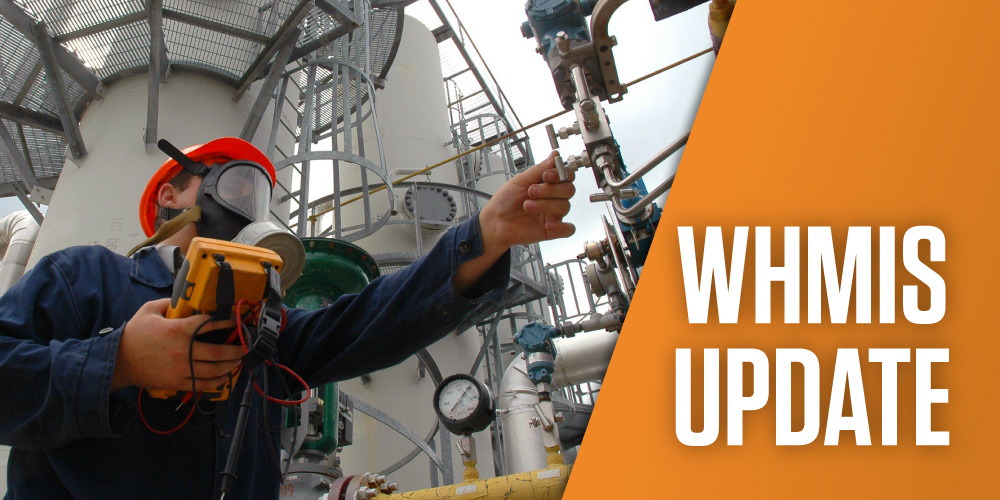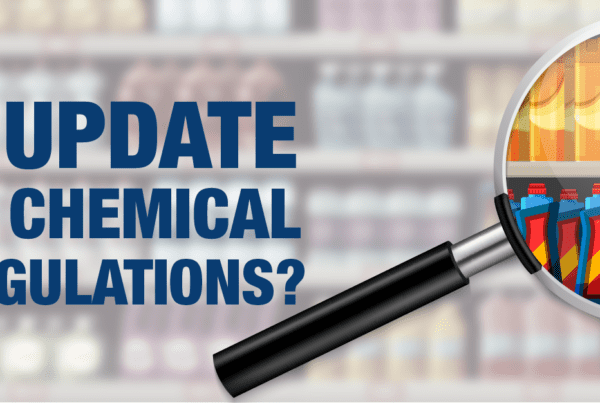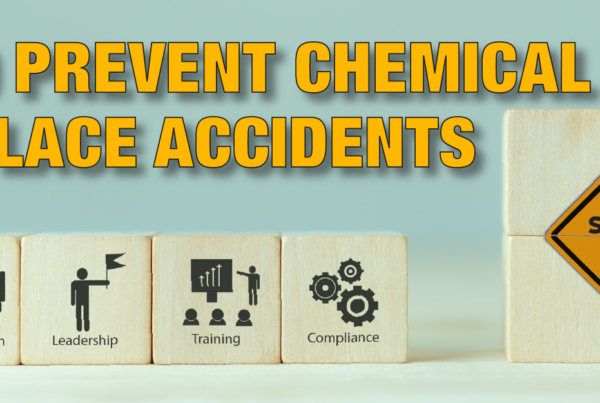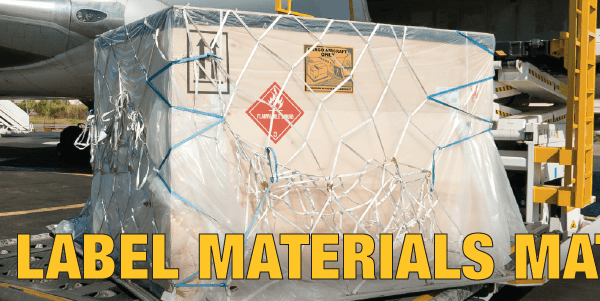WHMIS 2015 Training Requirements
Next in our WHMIS 2015 countdown series, we will discuss training requirements under the new regulation.
With the WHMIS deadline fast approaching and workplaces updating their labels and safety data sheets, one must not forget that employees will need to understand what the changes all mean.
In Canada, if a workplace uses hazardous products, then the worker must be educated and trained on the hazards of those products. This would apply to workers who are exposed to the products during their day to day work routine, anyone who stores, handles or disposes of hazardous products, supervisors or managers who meet the above criteria, and anyone involved with emergency response.
Education vs Training
What is the difference between education and training? Let’s look at the definitions, courtesy of CCOHS:
- Education
- Refers to general or portable information such as how WHMIS works and the hazards of the products. For example, you will learn about the hazard classes (e.g., why a product is called a corrosive, and what information you can find on labels and SDSs).
- Training
- Refers to the site- and job-specific information to employees that will cover your workplace’s procedures for storage, handling, use, disposal, emergencies, spills, and what to do in unusual situations.
Suggested topics for education and training include:
- Information on the supplier label, such as the signal word, hazard and precautionary phrases and pictograms; what do they mean?
- Information on the workplace label, such as information it should contain, where to get that information, and when a workplace label is required.
- Information on the Safety Data Sheet, including the signal word, hazard and precautionary phrases and pictograms; what do they mean and where to find them.
- Other training that may be required includes specific workplace procedures for personal protective equipment, procedures for safe use, handling and disposal of the hazardous product.
- Specific exposure limits and what to do if they are exceeded.
- Who to contact in case there is a question or an injury.
Note that federally, WHMIS 2015 just says that to ensure worker protection education and training must take place. The nuts and bolts are found in the occupation health and safety regulations by province or territories, so you must also consult those regulations to ensure full compliance.
As always, ICC Compliance Center is here to help. We have been helping customers with workplace education and training since the WHMIS implementation in 1988. We love helping customers understand the regulations. Our online WHMIS training is fast and effective or for those interested in doing the training themselves, our trainer kits can’t be beat. Trust the experts, you will be glad you did.






